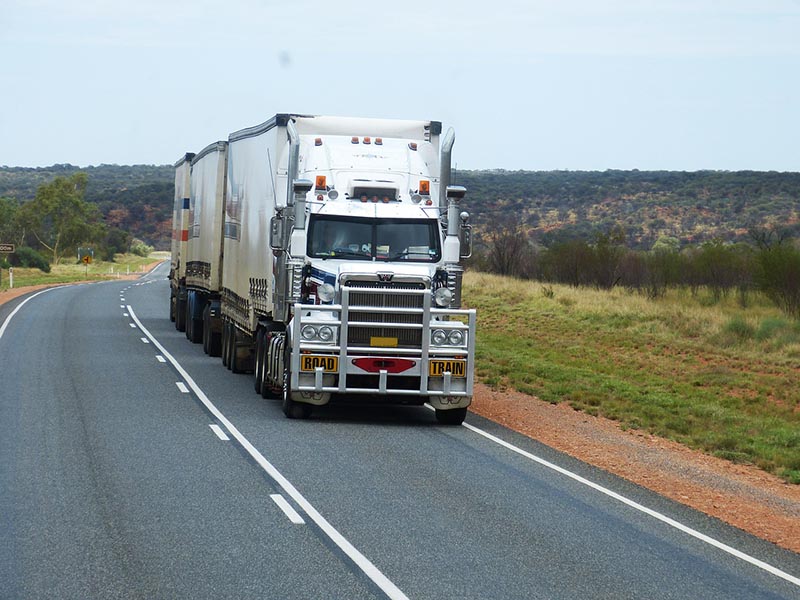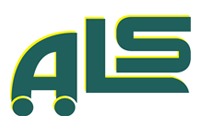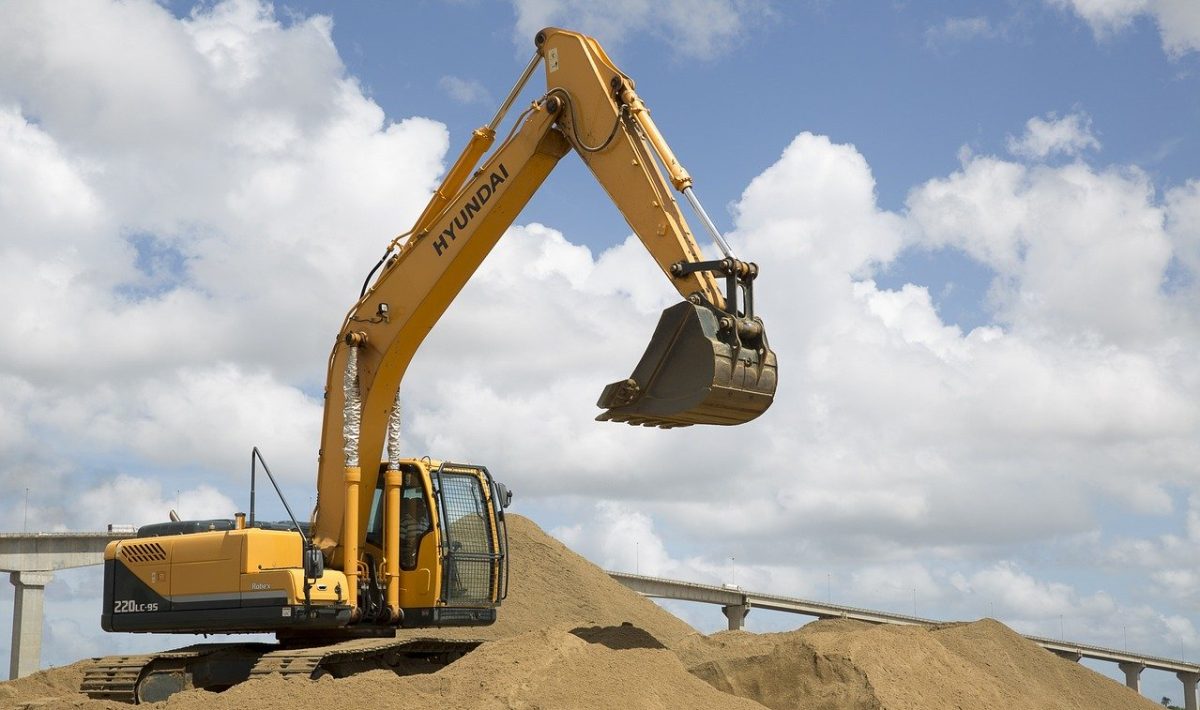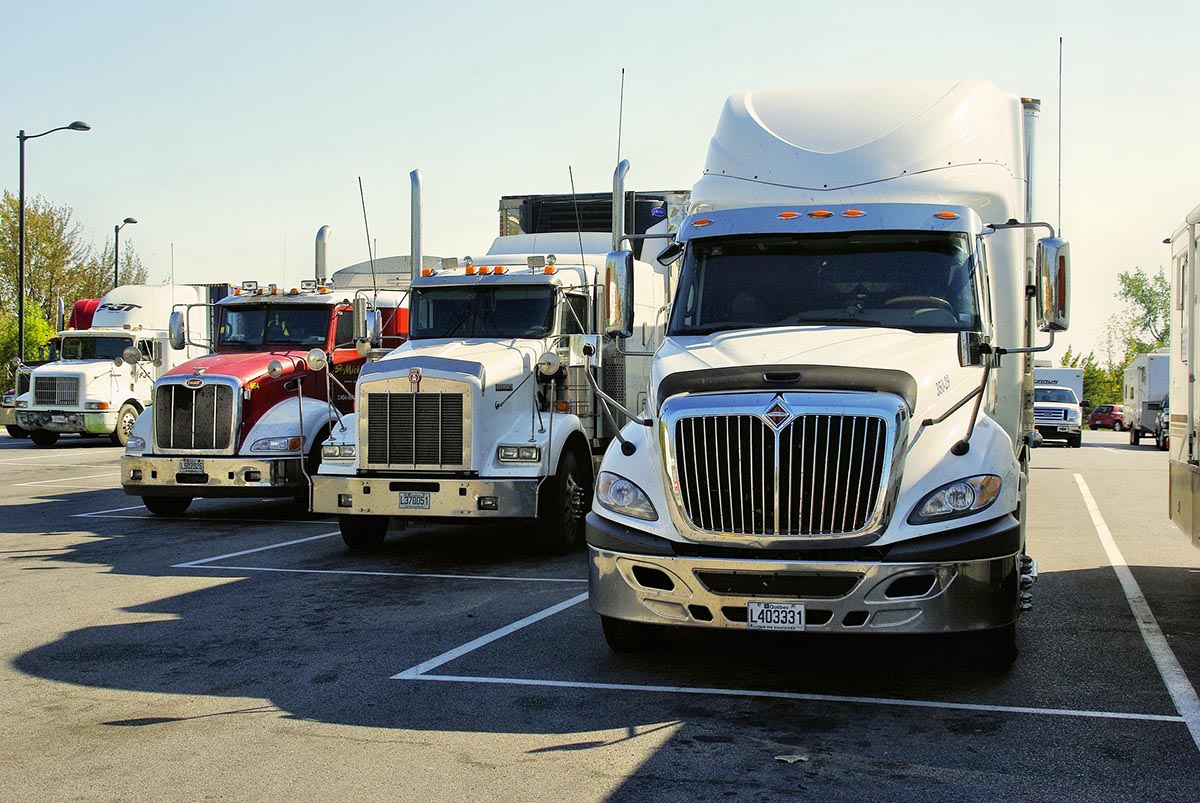How to get a truck licence in Sydney, New South Wales
To drive a truck, you first need to get a licence for the appropriate class. The type of licences includes heavy vehicles, earthmoving equipment, and high-risk work tickets.
The main way to get a truck licence is by completing training and assessments through a Registered Training Organisation (RTO). You will need to complete a Heavy Vehicle Competency Based Assessment (HVCBA).
Applying For a Truck Licence
Before registering with an RTO, you’ll first need to go into a Service NSW service centre in person. Then complete the following:
- Lodge a Licence Application form.
- Provide proof of identity.
- Pass an eyesight test (unless you are exempt).
- Provide a medical assessment report (for an MC licence)
- Pass the knowledge test for the relevant class of licence
After you have completed the above steps, you are then issued with a Heavy Vehicle HVCBA Learner’s Log Book. The book is used to record your progress during the training.
You’ll also receive a Guide to Heavy Vehicle Competency Based Assessment. Here you will find an outline of which tasks you must complete during the training and assessment at an RTO.
Types of Truck Licences
There are several different truck licences available. Which licence you need depends on the type of truck which you will be driving.
The following HVCBAs are available:
Light Rigid Licence (LR)
A LR licence is suitable for small trucks or buses. It can be used for trucks with a gross vehicle mass (GVM) of up to 8 tonnes. For a towed trailer, they must not weigh more than 9 tonnes.
Criteria for an LR Licence
Have held a Class C licence (or equivalent) for one year or more (except a learner licence). This can include time with a P1 licence. But, you can’t learn to drive a LR vehicle or get a LR licence. Once you hold a full class C licence or P2 licence, then you can.

Related Post: Guide to Getting a Truck Licence in Sydney,NSW
Medium Rigid Licence (MR)
A MR licence is suitable for medium rigid trucks or buses with a GVM of more than two tonnes and two axles. For towed trailers, they must not weigh more than 9 tonnes.
Criteria for a MR Licence
Have held a Class C licence (or equivalent) for one year or more (except a learner licence). This can include time with a P1 licence. But, you’re not able to learn to drive an MR vehicle or get a MR licence. Once you hold a full class C licence or P2 licence, then you are able to.
Heavy Rigid Licence (HR)
A HR licence is suitable for heavy rigid trucks or buses. This also includes articulated buses. HR includes vehicles with three or more axles and a GVM of more than eight tonnes. Towed trailers must not weigh more than 9 tonnes.
A HR licence also applies for bendy buses. While they are articulated, they are considered to be like rigid vehicles.
Criteria for an HR Licence
Have held a Class C licence (or equivalent) for two years or more (except a learner licence). This can include time with a P1 licence. But, you’re not able to learn to drive a HR vehicle or get a HR licence. Once you hold a full class C licence or P2 licence, then you can.
Heavy Combination Licence (HC)
A HC licence is suitable for heavy articulated vehicles. These are articulated vehicles with three or more axles. They include heavy rigid vehicle combinations such as unladen dolly with 3 or more axles. As well as any towed trailer over 9 tonnes GVM.
Criteria for an HC Licence
Have held a class MR or HR licence (or equivalent) for one year or more. It can also include time spent on a MR, HR, or P2 licence. But, you can’t learn to drive a HC vehicle, or get a HC licence, until you have a full class HR or MR licence.
Multi Combination Licence (MC)
An MC licence is suitable for B-doubles, low loader dolly and low loader combinations. As well as prime mover and road trains.
Criteria for a MC Licence
You must have held a HC or HR licence (or equivalent) for at least one year. This can include time on an HR or P2 licence. But you can’t learn to drive a MC vehicle or get a MC licence until you hold a full class HC or HR licence.
Heavy Vehicle Competency Based Assessment (HBCBA)
The most common way to get a truck licence is by completing an HBCBA. This is done at an accredited Registered Training Organisation (RTO).
There are many benefits of completing an HBCBA over a heavy vehicle driving test at Roads & Maritime Services with a testing officer.
These include:
- You have the flexibility to select your own trainer
- You can arrange your own appointment times
- You can learn and be assessed in the vehicle of your choice
What to Look for in an RTO
With so many RTOS to choose from, it can be difficult to find the best one for your needs.
What you should look for when choosing an RTO is:
- Small class sizes, so that you have access to machines for increased times.
- All trainers and assessors are accredited and registered
- Modern training facilities and equipment
- A flexible training plan, which can be tailored to suit your needs.
- Being able to choose between using the RTO’s machines and facilities, or having them come directly to your worksite.
- Flexible operating hours to suit your busy schedule.
- It complies with SafeWork NSW and Australian Skills Quality Authorities standards and policies.
Once you register with an RTO, you can then begin the training and assessment.
Aus Loadshifting is a local Western Sydney family business which was established in 2000 and became an RTO in 2009. Aus Loadshifting has over 10 years of training and assessment experience.
We provide the best training and assessment in the industry at very competitive prices. To find out more information about how to get a truck licence, call 0416 155 052 or contact us online.
Driving Training Services:


